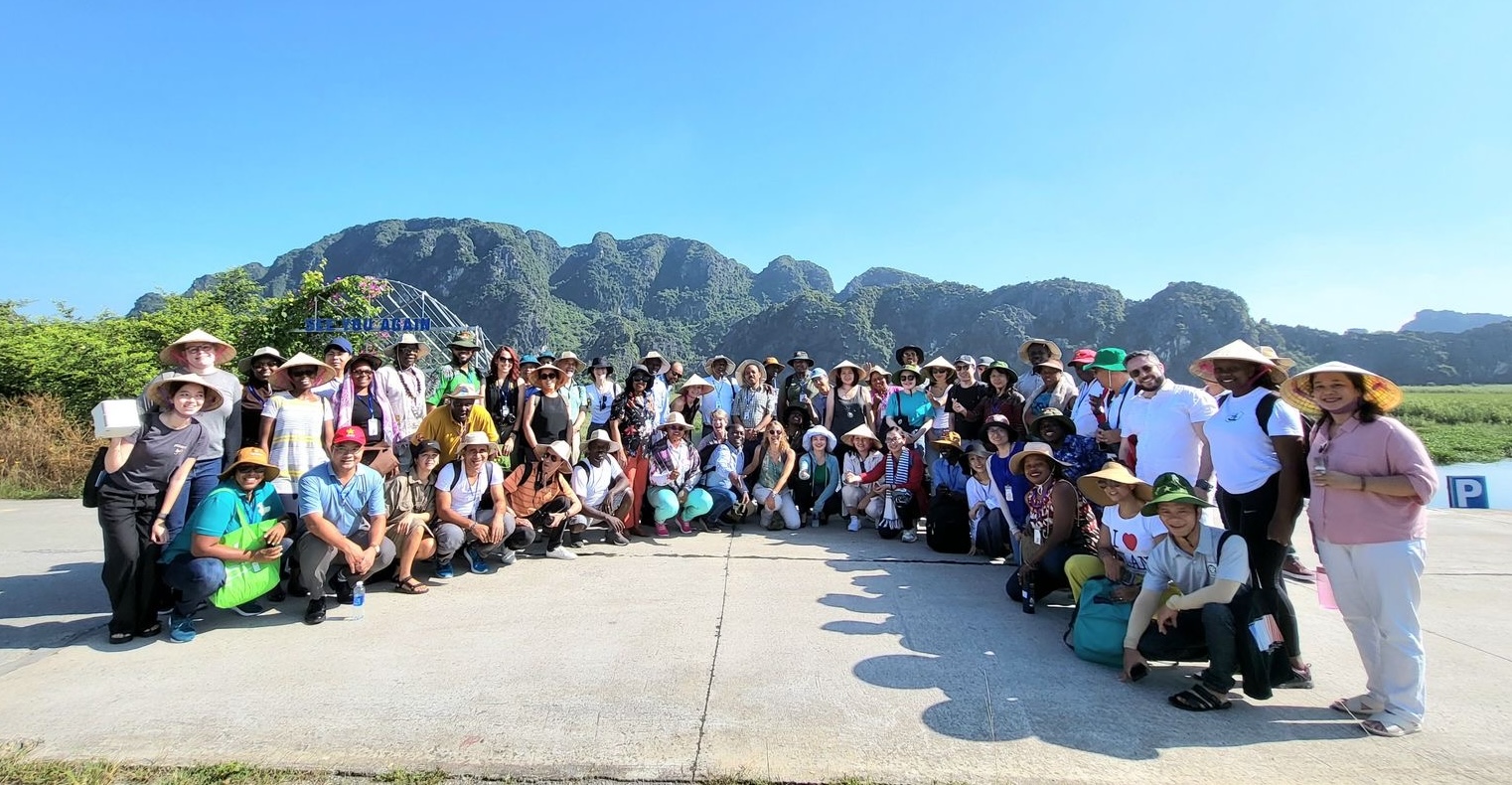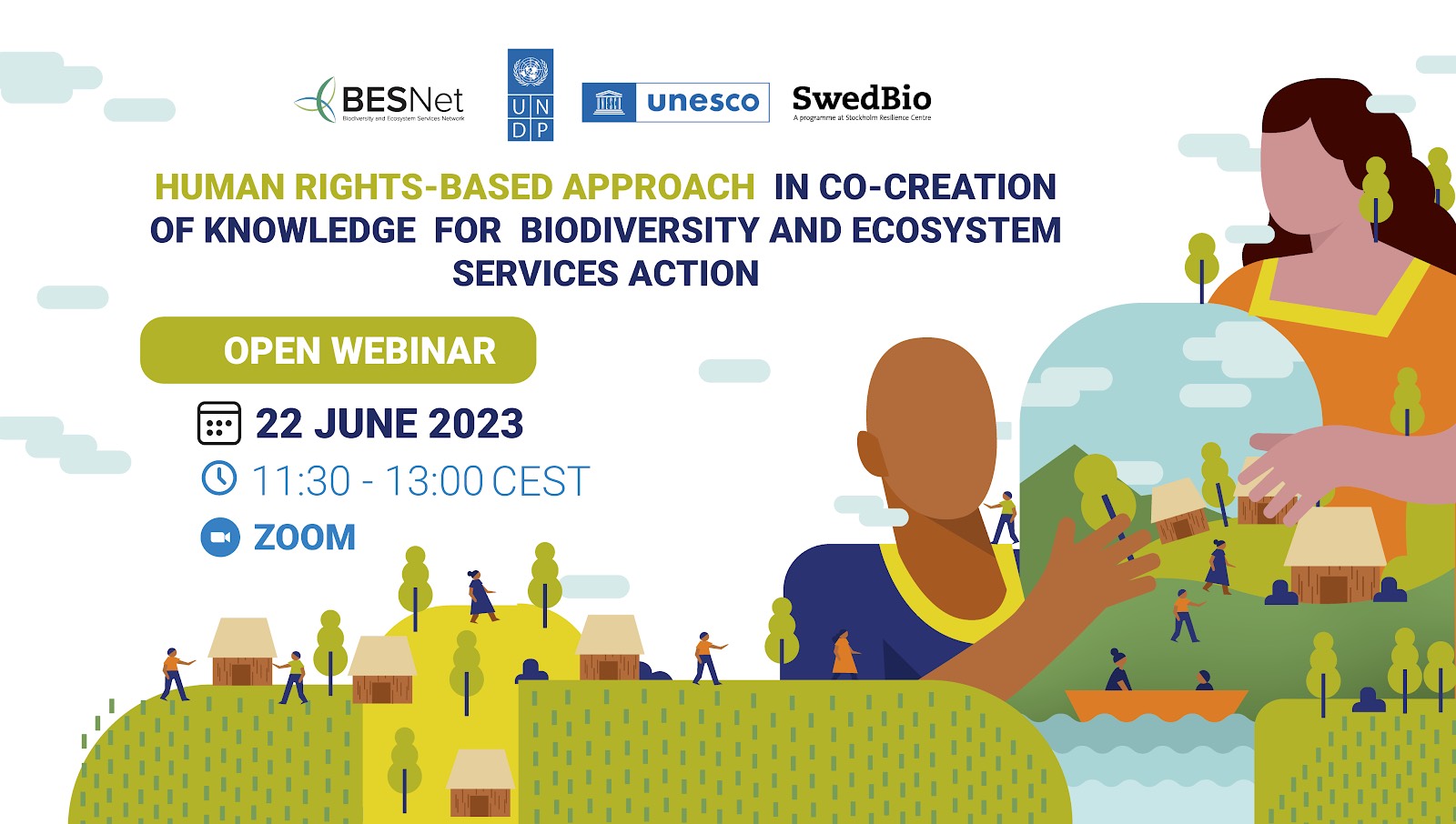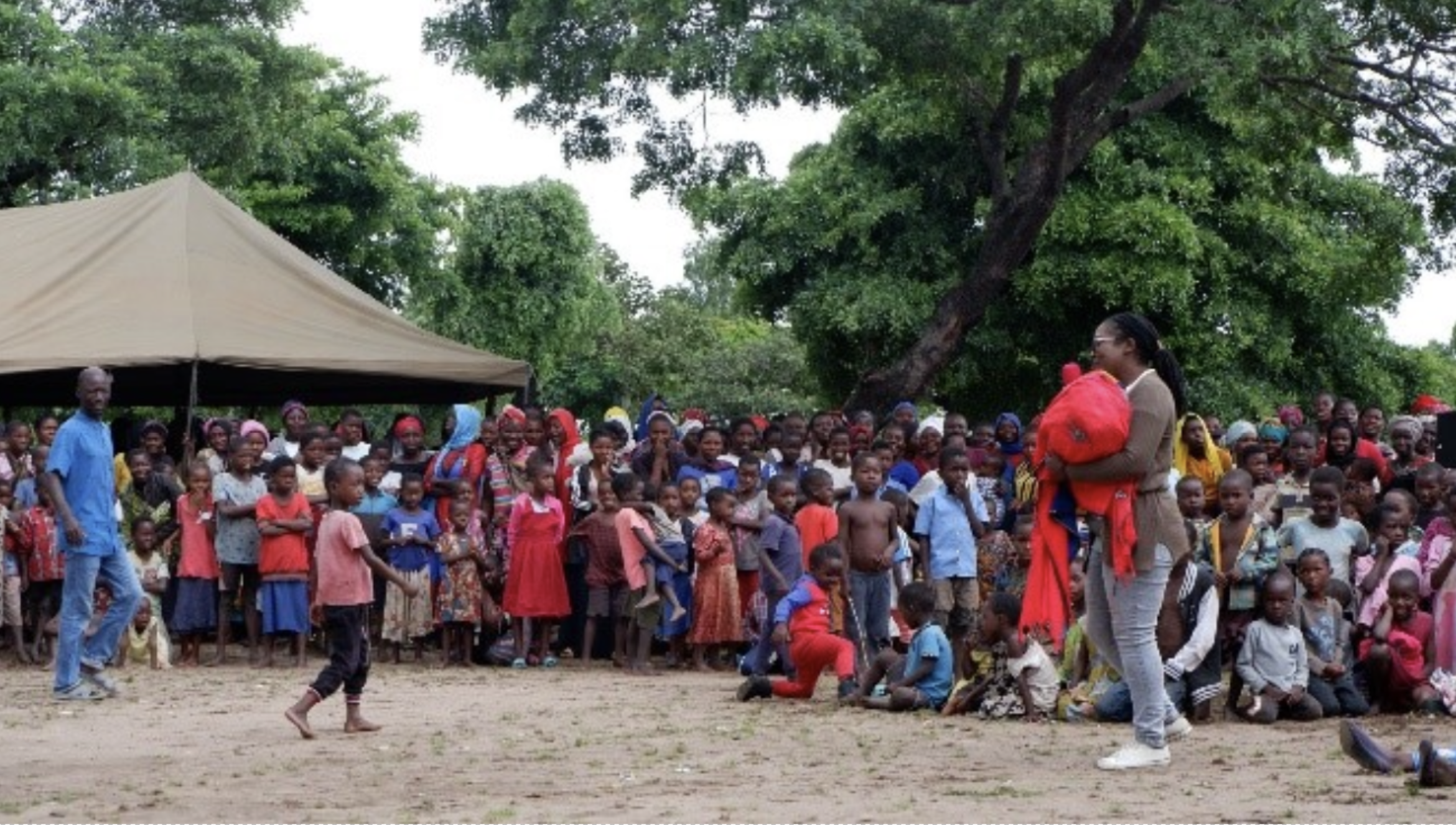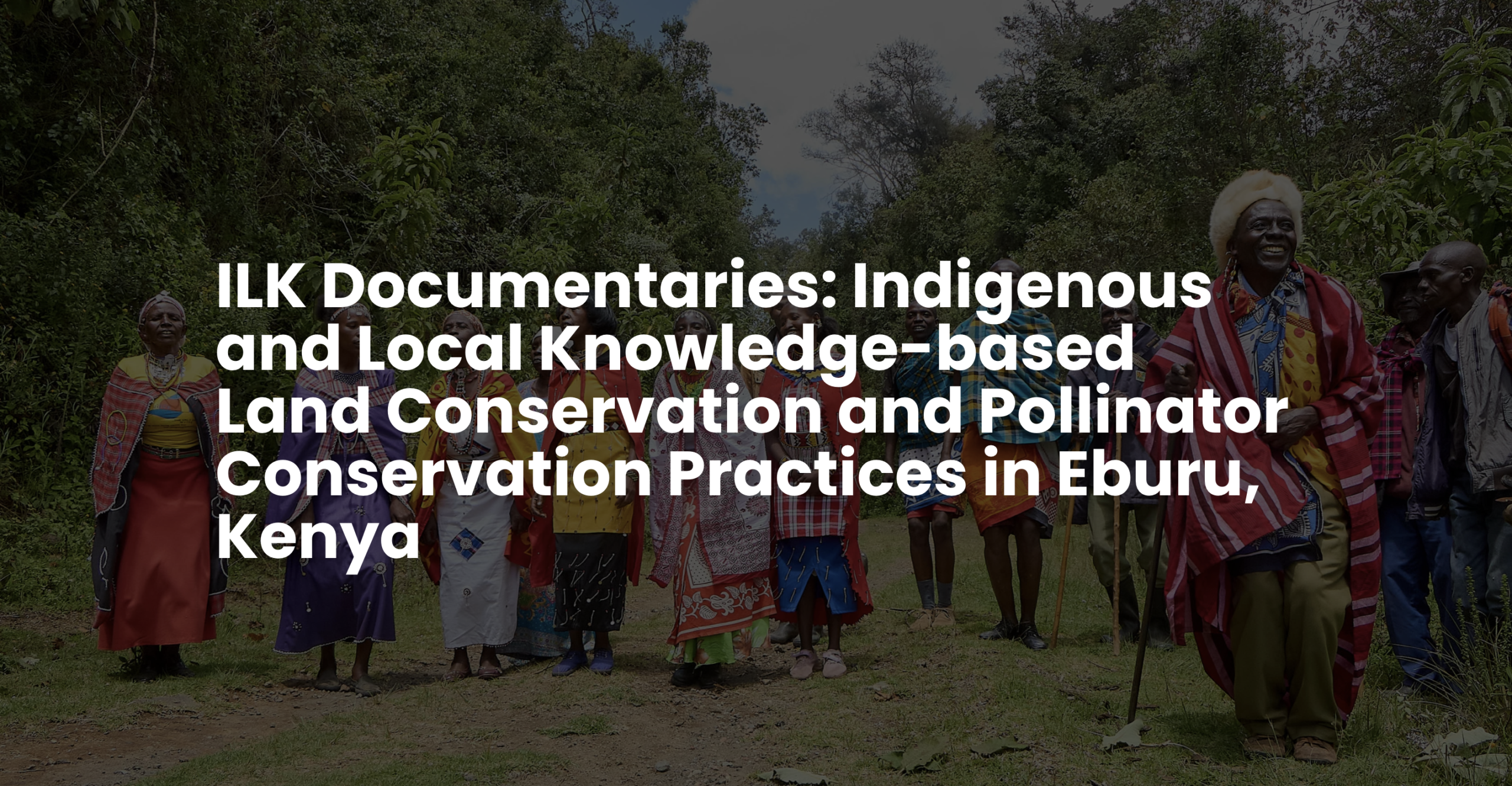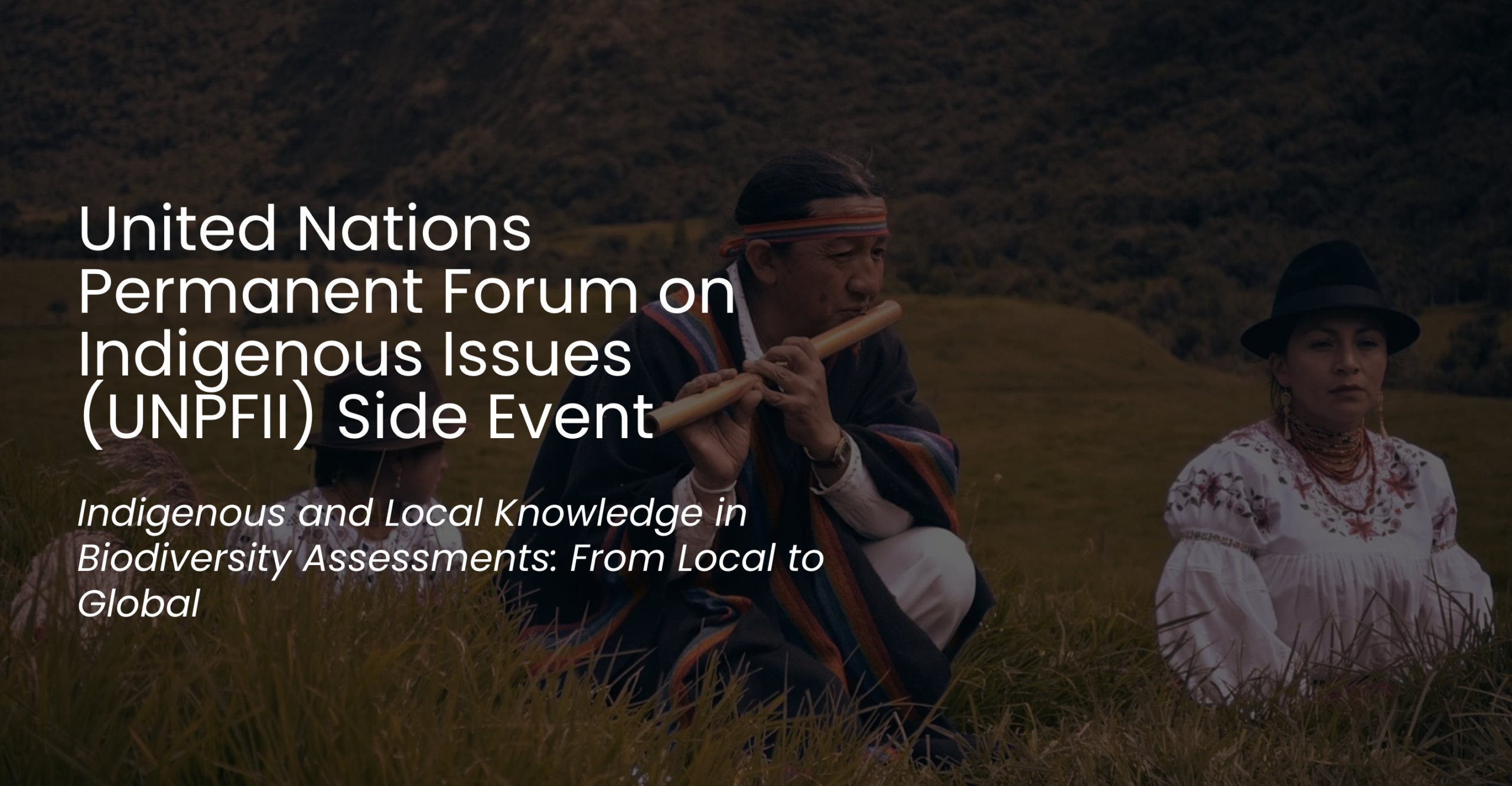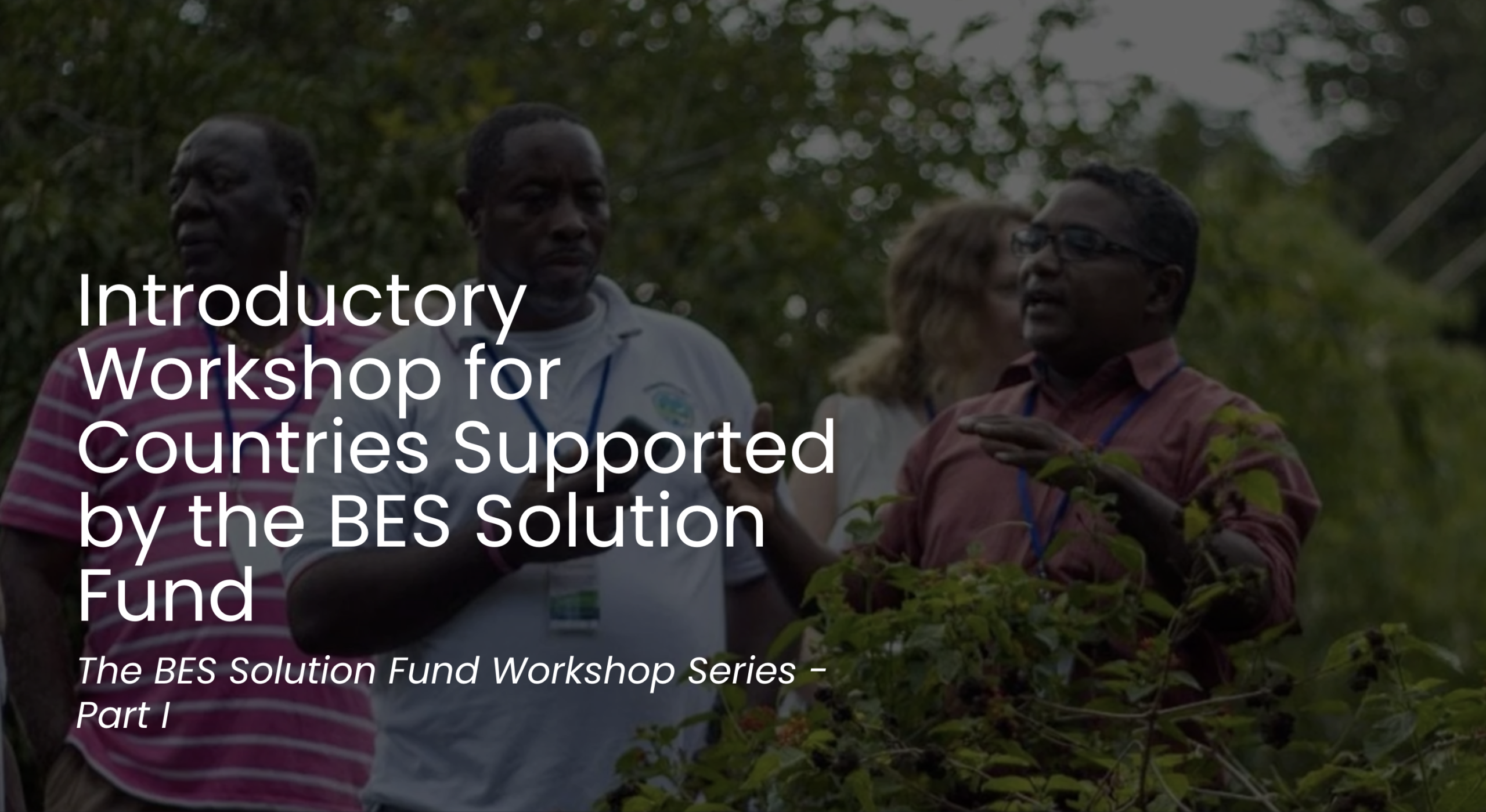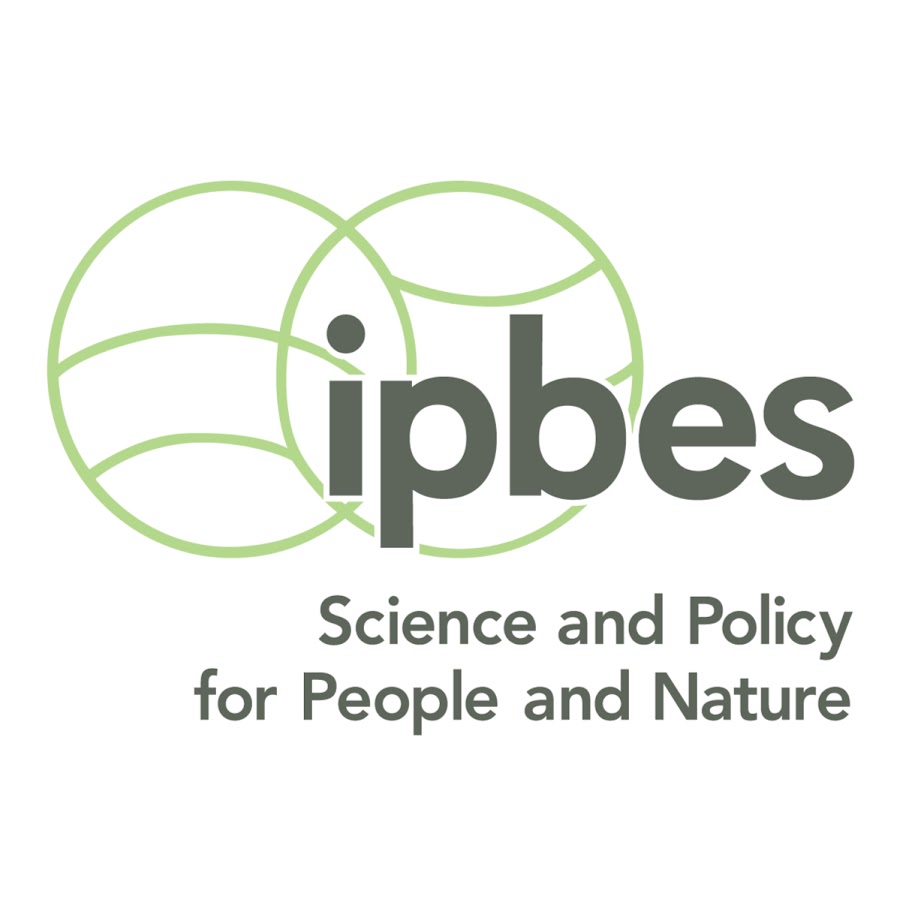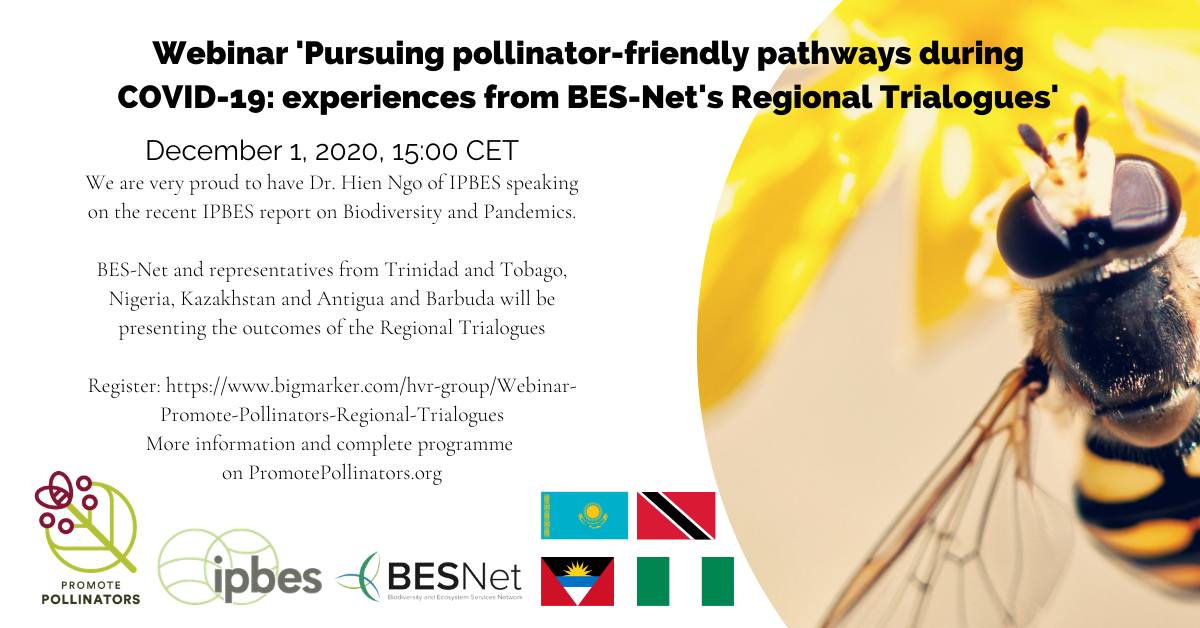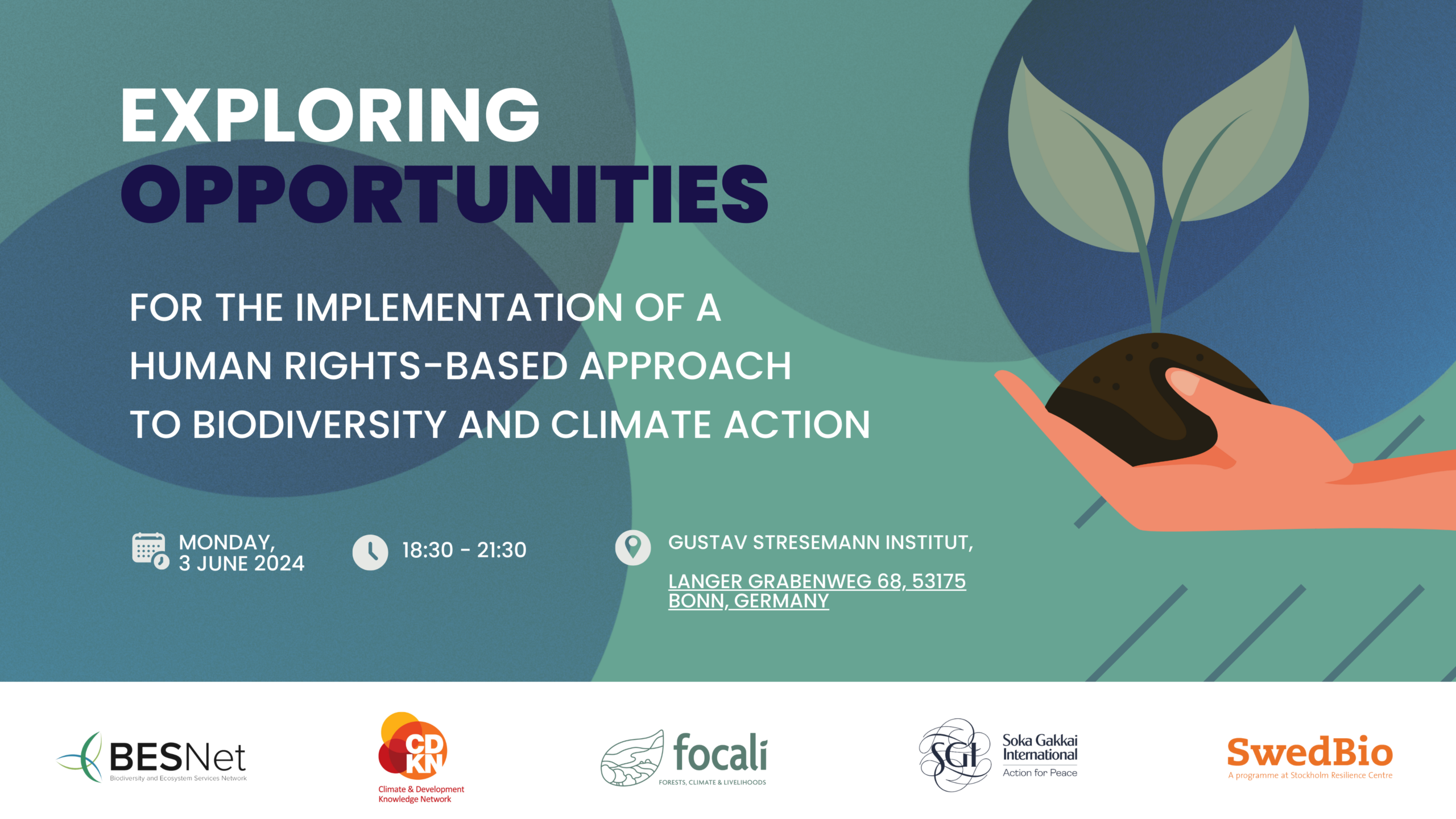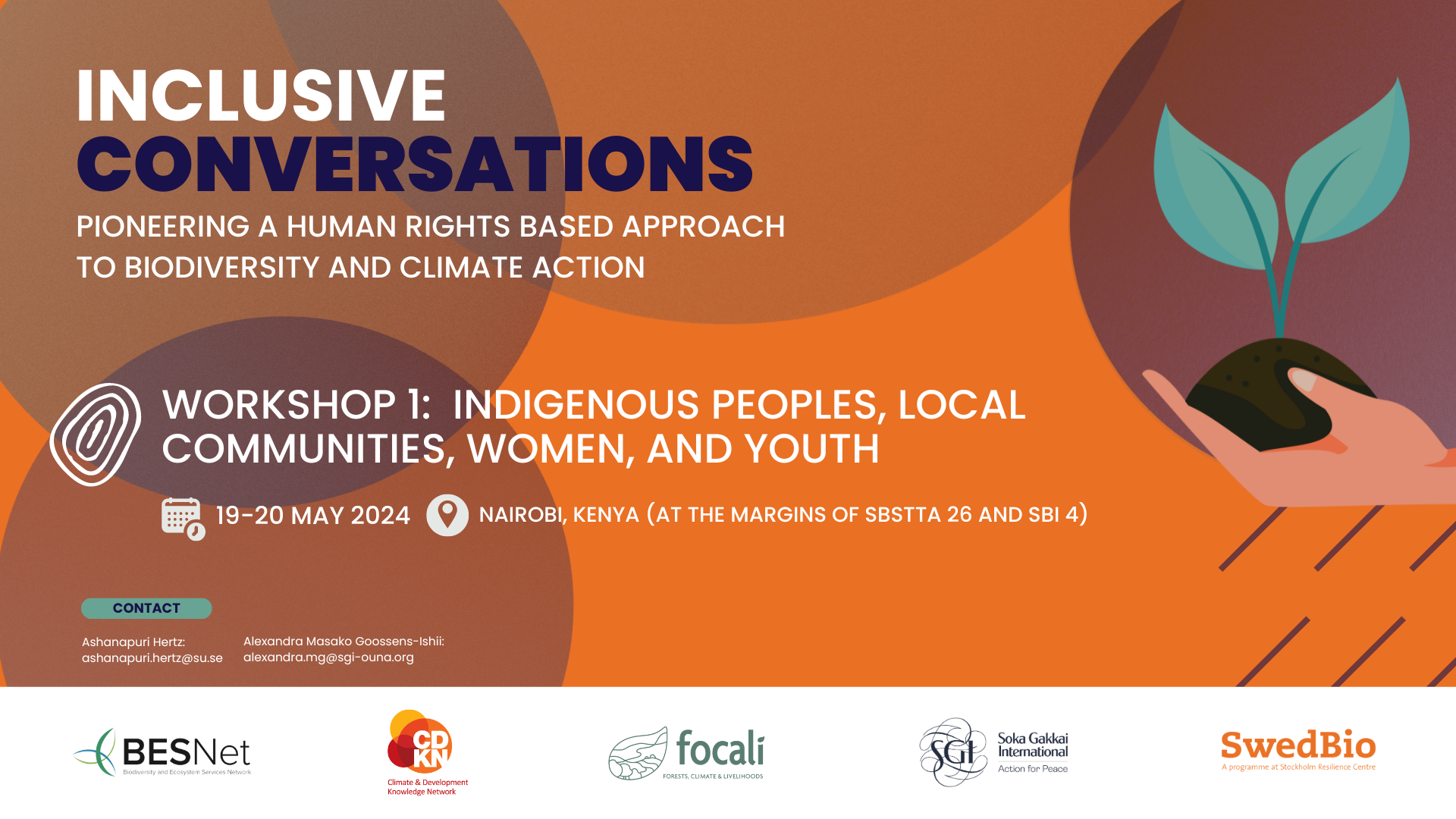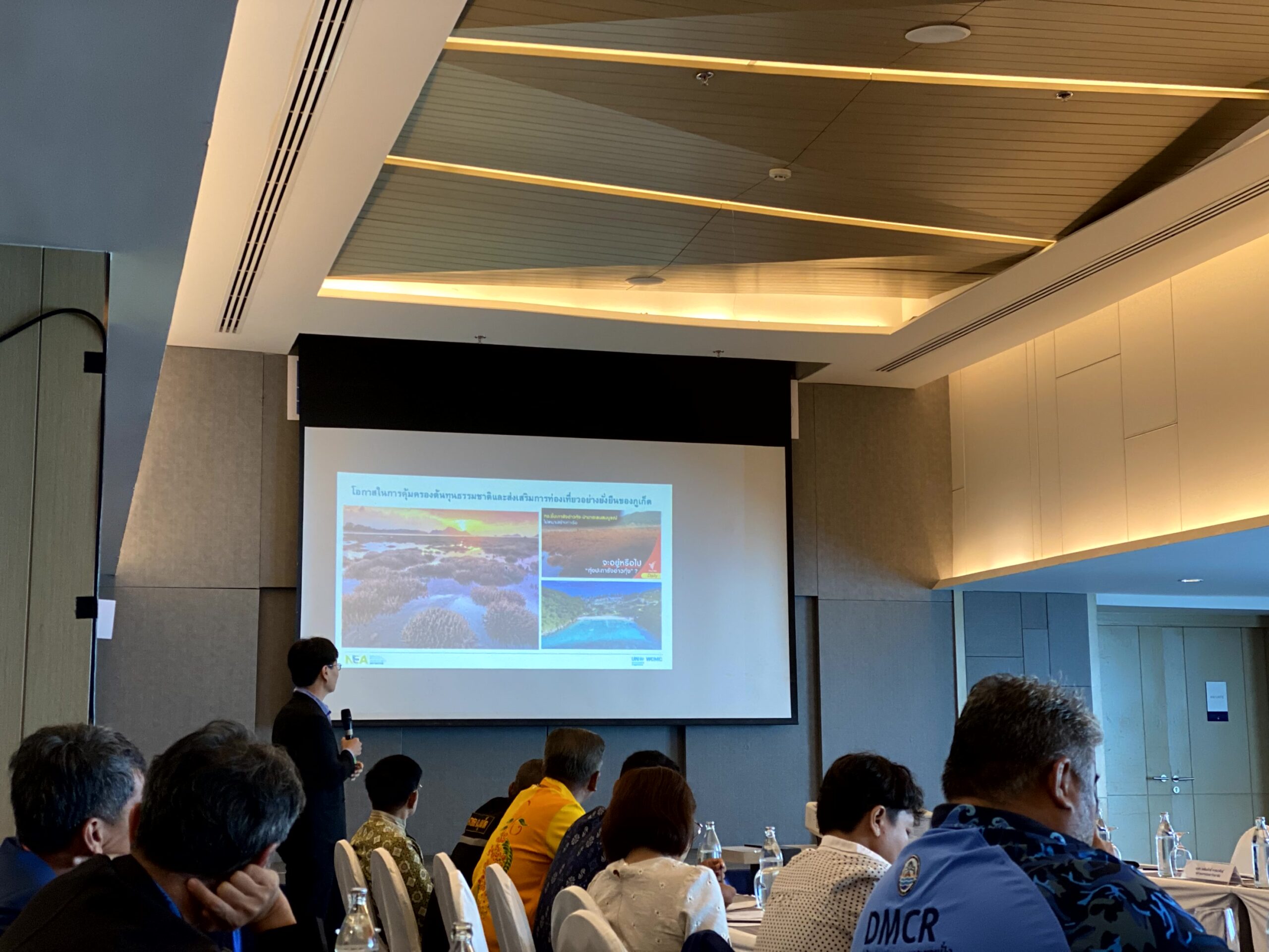Building on previous dialogues and publications, this side event will draw attention to how a human rights-based approach can significantly contribute to achieving the targets and goals of the post-2020 GBF in effective and just ways and lead to a world in which people live in harmony with nature. The event will illustrate how a human rights-based approach can be put into practice to achieve the Convention’s three objectives. The discussion will highlight concrete examples of a human rights-based approach to area-based conservation, sustainable use and benefit sharing and how promising human rights practices from local to national levels can support implementation, monitoring and reporting on the framework.
Introduction
Human rights and the environment are inextricably linked. In the context of biodiversity, rights over lands and waters and associated traditional knowledge, including collective rights, are particularly critical. In July this year, the UN General Assembly (UNGA) adopted a historic resolution declaring access to a clean, healthy and sustainable environment as a universal human right. This decision adds to the already strong international jurisprudence and guidance for a rights-based approach to the post-2020 Global Biodiversity Framework (GBF) and strengthens the verdict that “Addressing the environmental crisis is a humanitarian imperative, a human rights imperative, a peace-building imperative and a development imperative – It is also doable”. (Michelle Bachelet, former UN High Commissioner for Human Rights). More widely, the latest draft of the GBF commits to applying a rights-based approach to conservation, sustainable use and benefit-sharing of biodiversity to realise the vision of “living in harmony with nature”.
This rights-based approach is anchored within the post-2020 GBF’s theory of change and is reinforced in the enabling conditions. It is currently contained in the section Bbis and elements are included in relevant goals and targets. Current mentions will need to be maintained and improved, as well as integrated in the monitoring framework, to ensure effective and accountable implementation. Indeed, a rights-based approach should reflect the mutually intertwined relationship between human rights and biodiversity, and the GBF should recognise the roles, needs, identities and wellbeing of the Indigenous peoples and local communities, women, youth and environmental human rights defenders who are the first line of defence and recovery of nature.
Objectives
- Identify effective and coherent ways to strengthen a human rights-based approach in the GBF, including in the principles, structure, goals, targets, monitoring (indicators) and reporting.
- Showcase existing examples/practices of the applicability of a human rights-based approach in the post-2020 GBF,
- Illustrate how the right to a clean, healthy and sustainable development and the conservation and sustainable use of biodiversity are mutually reinforcing and interdependent.
- Ensure all participants understand how a human rights-based approach in the implementation of the GBF can help achieve goals and targets in effective, inclusive and equitable ways for nature and people.
Format
A local to global, semi-structured panel of human rights and biodiversity experts from Parties, Indigenous peoples and local communities and other representatives from civil society, and the UN will present and discuss inspiring examples about how a human rights-based approach to biodiversity protection can contribute to and should be part of the successful and equitable implementation of the post-2020 GBF.



